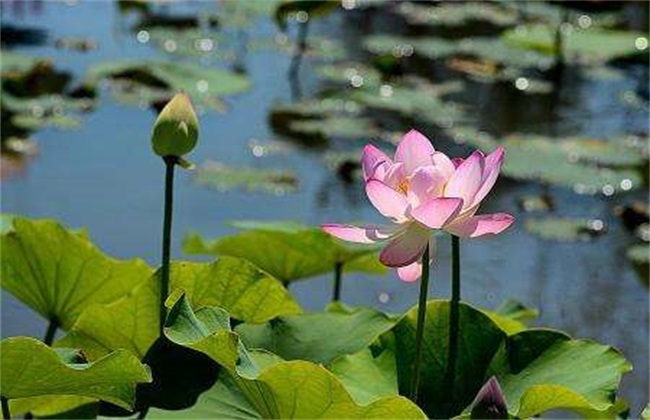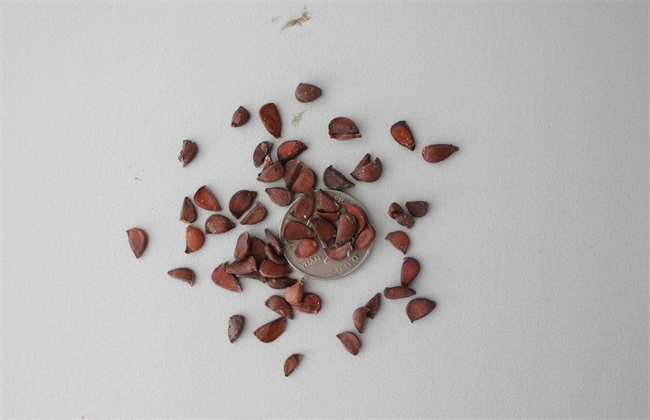Techniques for cultivating High-yield Edible Fungi
At present, a large number of cultivated edible fungi such as Pleurotus ostreatus, Lentinus edodes, Flammulina velutipes, Hericium erinaceus, Auricularia auricula, Tremella fuciformis and Agaricus bisporus can be roughly divided into mycelium stage and fruiting body stage or two growth and development stages. The conditions required by each mushroom in these two stages are the same and different. At this time, their biological characteristics determine that if they can create the good conditions they need, they can obtain high yield and high quality.
Nutrients, mainly carbon, nitrogen and mineral elements.
1. Carbon nutrient is the main component of mycelium and fruiting body, and it is also the source of energy for their growth and development. Carbon substances account for about 50%-65% of the mushroom body composition (dry matter). Cotton husk and sawdust are the main sources of carbon in culture medium.
2. Nitrogen nutrient is the main raw material of protein and nucleic acid. It is also the main component of mycelium and fruiting body, and it is also the material basis of delicious and delicious edible fungi, especially rich in amino acids (as many as 18 kinds), which cannot be formed without nitrogen.
Carbon and nitrogen nutrients for the normal development of edible fungi should not only have sufficient quantity, but also require a reasonable proportion, known as carbon nitrogen ratio. The ratio of mycelium to fruiting body was 20:1 and 30-40:1 respectively. In production, wheat bran, corn flour, soybean cake powder, ammonium nitrate and urea are sometimes added to adjust the carbon-ammonia ratio due to different kinds of culture medium. No matter what mushroom is the same, even if it does not follow the original formula, it is difficult to obtain high yield and high quality.
3. Mineral elements The normal growth of edible fungi also needs mineral elements and trace elements such as calcium, magnesium, phosphorus, potassium, iron and zinc. Although these substances are not required in large quantities, they are important, and generally the content in the main material can meet the needs. Sometimes also add such as magnesium sulfate, grass charcoal (potassium) and chicken manure (phosphorus) and so on.
II. Moisture and humidity
Water is one of the main components of mycelium and fruiting body, and more importantly, metabolism of life activities, which cannot be carried out without water. The fresh mushroom body contains water as high as 85%-90%. Water in the culture medium is the main source of water needed for the growth and development of edible fungi, but too much water is unfavorable. The suitable moisture content is 65%-75%. To absorb enough water with the material, hold the water without dripping. Take cottonseed hull as an example, the weight ratio of feed to water is roughly 1: 1.2-1.5, and too much is added to hinder the growth of hyphae.
Humidity refers to the relative humidity of air, which is not only directly related to the growth and development of edible fungi, but also affects the distribution of water in the material, especially during the development of fruiting bodies. If the humidity is insufficient, the yield will be reduced. If the humidity is less than 60%, the fruiting body will not grow. If the humidity is less than 45%, the primordium will stop differentiating, and even the primordium will die. The suitable air humidity is 85%-93%(fruit body growth period). It is necessary to spray water and increase the relative humidity of air during cultivation. Especially in the later stage, water injection or soaking medium can increase the yield accordingly.
III. Humidity
All kinds of mushrooms need to be under certain temperature conditions to grow normally. Mycelia and fruiting body growth and development process of the temperature requirements are different, some also like temperature conditions, such as Pleurotus ostreatus daily temperature difference of 10℃ stimulation, it is conducive to the formation and development of fruiting body. For example, the suitable temperature for the growth of mushroom thread is about 25℃ (Auricularia auricula 30℃), and the suitable temperature for the development of fruiting body is generally about 15℃. Volvariella volvacea is thermophilic, the growth of mushroom thread is better at 35℃, and the fruiting body is well developed at 30-32℃.
Temperature is an important factor affecting the growth and development of edible fungi. At present, natural season cultivation is mostly used in production, mainly according to natural temperature conditions (artificial air conditioning is also mainly to create temperature conditions). With the progress of science and technology, the varieties of edible fungi are now being improved, and changing their temperature characteristics is one of the main goals, such as Pleurotus ostreatus and Lentinus edodes, which have been cultivated in low, medium temperature, high temperature, and even wide temperature with no strict temperature limit. Therefore, the corresponding varieties can be selected according to the temperature conditions of the cultivation period, and the cultivation period can be extended.
IV. Oxygen and carbon dioxide
All kinds of edible fungi if oxygen deficiency hyphae growth is bad, fruit body also grow bad. Because edible fungi also emit carbon dioxide during their growth and development, the cultivation site should be ventilated.
V. Light
Edible fungi do not require strong light, mycelium can grow in dark conditions. Fruiting body differentiation, growth needs a certain amount of scattered light, avoid direct light. Complete darkness, poor and slow fruiting body development. Light can increase its color, no light color. Light is also related to temperature. In the north, it is necessary to raise the temperature by sunlight when planting edible fungi in greenhouses, but attention should be paid to preventing excessive temperature, too strong light, and more shade with straw curtains.
VI. pH
Edible fungi are more fond of slightly acidic environment, generally pH value does not exceed 7 (neutral), about between 5.5-6.5, but Pleurotus ostreatus is more alkali-resistant, pH value 8 can also grow. Hericium erinaceus acid-resistant, ph5 can also grow, the cultivation process to add sugar and other substances will become acid, high temperature sterilization process will also make the medium acid. Attention should also be paid to the local water quality, i.e. its pH. In the ingredients should pay attention to create a suitable pH environment, some add lime or ammonium nitrate and other acidic fertilizers, one increase
Adding calcium and nitrogen can adjust the ph value of culture medium.
In order to prevent excessive acid or alkali, add a certain amount of gypsum, can play a buffer role.
Related
- Fuxing push coffee new agricultural production and marketing class: lack of small-scale processing plants
- Jujube rice field leisure farm deep ploughing Yilan for five years to create a space for organic food and play
- Nongyu Farm-A trial of organic papaya for brave women with advanced technology
- Four points for attention in the prevention and control of diseases and insect pests of edible fungi
- How to add nutrient solution to Edible Fungi
- Is there any good way to control edible fungus mites?
- Open Inoculation Technology of Edible Fungi
- Is there any clever way to use fertilizer for edible fungus in winter?
- What agents are used to kill the pathogens of edible fungi in the mushroom shed?
- Rapid drying of Edible Fungi



